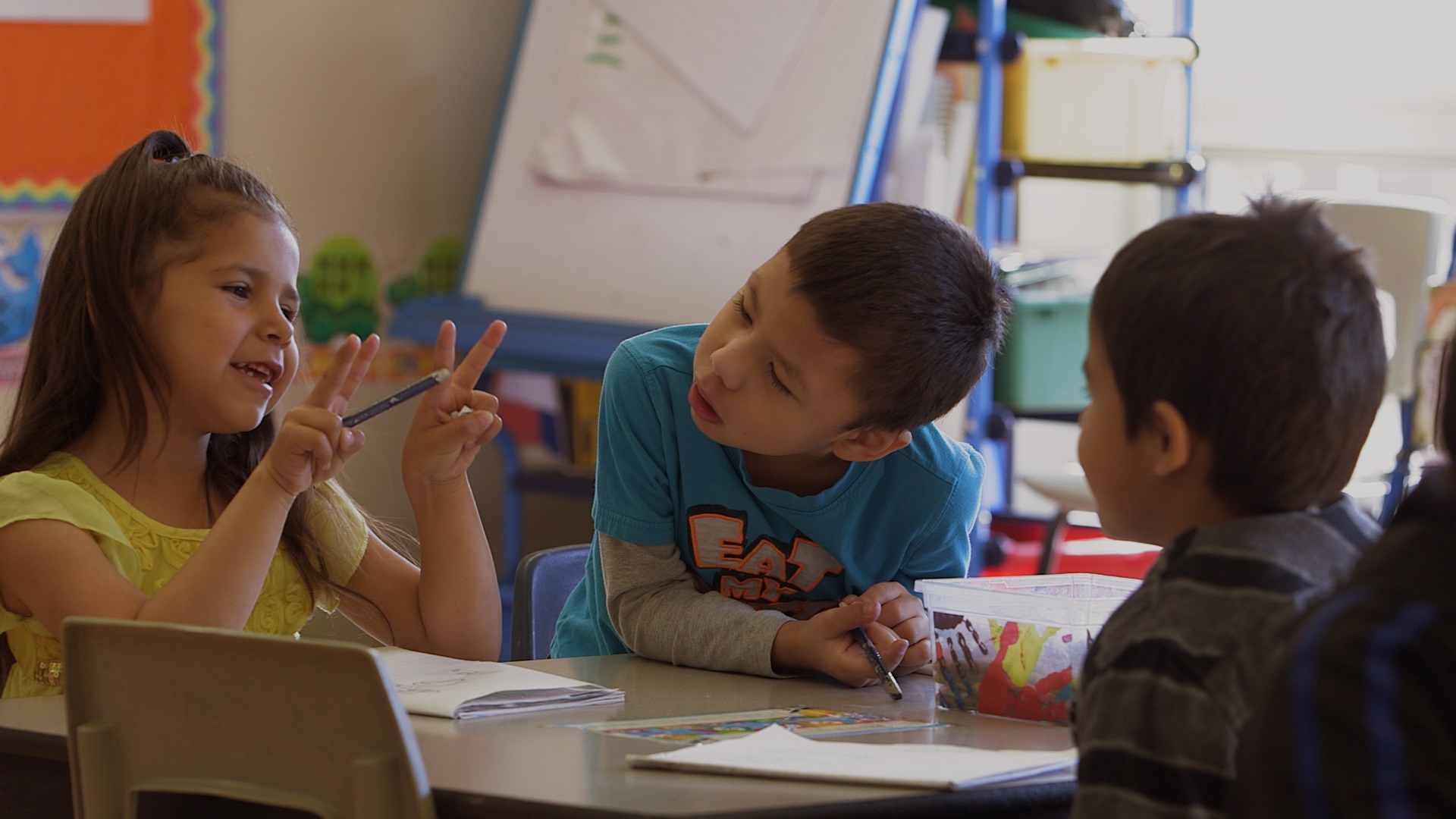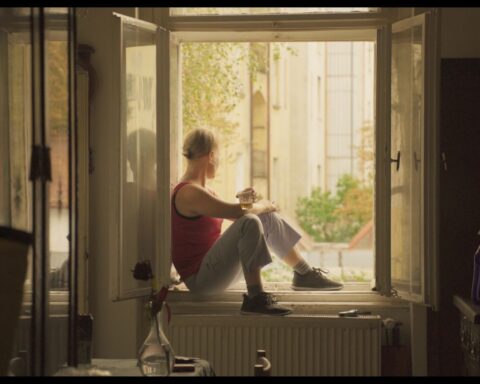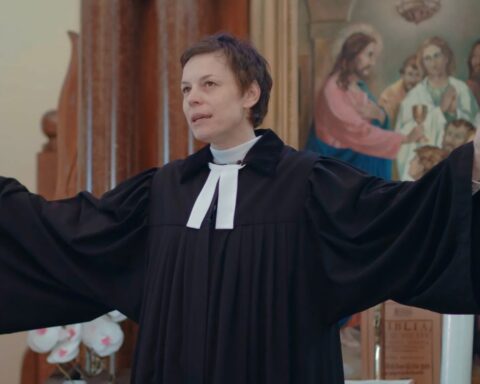Our People Will Be Healed
(Canada, 97 min.)
Dir. Alanis Obomsawin
Programme: Masters (World Premiere)
Alanis Obomsawin sings a different tune in her latest documentary Our People Will Be Healed. The master filmmaker once again gives voice to the perspectives and experiences of Indigenous persons in Canada, but her new film doesn’t play the same beats of passion and rage seen and heard in films like her 1993 landmark Kanehsatake: 270 Years of Resistance or last year’s We Can’t Make the Same Mistake Twice. Obomsawin’s films consistently end with notes of optimism as they chronicle the ongoing struggle of Indigenous rights in Canada—and they need to—-but this element of hope resonates throughout her new documentary. Our People Will Be Healed marks the whopping fiftieth film in Obomsawin’s career and, at 85, she shows no signs of slowing down. Our People Will Be Healed breathes with hope for the future.
In many ways, Obomsawin’s previous films have all been leading her to Norway House, the site of this caring and empathetic doc. Our People Will Be Healed is the latest entry in a quintet of Obomsawin’s work on the rights of Indigenous children, and We Can’t Make the Same Mistake Twice specifically drew upon a case in which a child from Norway House. Jordan River Anderson died at a tragically young age and sparked the landmark human rights case pioneered by Cindy Blackstock that was chronicled in that earlier entry in Obomsawin’s quintet. The Cree Nation up in northern Manitoba gains a sunnier hue in Obomsawin’s return to Norway House as she takes her cameras inside the local school to show the efforts of a community coming together to build a future for its children.
The students of Helen Betty Osborne Ininiw Education Resource Centre, named for a young woman of Norway House whose violent murder in 1971 provides unsettling contemporary resonance to the film, tell Obomsawin what they plan to do when they graduate high school. Affectionate interviews between Obomsawin and the students both young and old note aspirations of becoming teachers, carpenters, hockey players—to name just a few. These optimistic voices illustrate a class of students that can strive for futures their parents were denied the opportunity to reach. Similarly, the students recognize the consequences of substance abuse and alcoholism that stem from their parents’ trauma and a number of the teens Obomsawin interviews note their sobriety as an effort to set a strong example to their contemporaries.
Fluid camerawork glides the film throughout the school’s halls to convey the energy and optimism of the younger generation. The film moves with a spring in its step, while visually striking landscape cinematography draws stirring connections between the natural environment and the people. A relationship to the landscape, which the elders emphasize through teachings about their culture inside and outside the school, becomes an emotional motif throughout the film as Obomsawin looks at the growth of the students inside and outside the classroom.
Obomsawin finds in Norway House a model for collective healing. The innovation in the school and community gives the students the education they need to attain the careers to which they aspire. The school also ensures that growing up doesn’t mean leaving one’s roots behind. The film shows how a mandatory course in Native Studies, for example, teaches students the history of their people’s migration, the theft of their land by settlers, and the treaties established throughout the years that have led to such a complicated past. Similarly, efforts to adapt to students’ routines, like later start times for older teens, encourage students to stay in school, reducing dropout rates. The community overall thrives with the de-colonial attitude that the school embodies.
The music programme in the school also offers an outlet for students to express themselves and draw people together. Our People Will Be Healed culminates with a celebratory jubilee at the school in which students from a local band and play lively music together. As the fiddles wail and the members on the audience clap to the beat, the film evokes the spirit of the community that sees new life. The editing by Alison Burns harnesses the rhythm of the students’ music with a sprightly cadence as warm images of Norway House at sunset offer symbols of hope and renewal.
Obomsawin ends the film by situating this musical performance within the overall legacy of colonialism that Norway House seeks to repair.. One people’s way of thinking shouldn’t dictate the lives of another population, and Obomsawin adeptly notes that a multiplicity of perspectives creates a richer nation. When Norway House provides such a strong model for a community that can prosper, Obomsawin’s film anticipates a larger renewal.
TIFF runs Sept. 7-17. Visit TIFF.net for more info on this year’s festival.
Visit the POV TIFF Hub for more information on this year’s festival!











